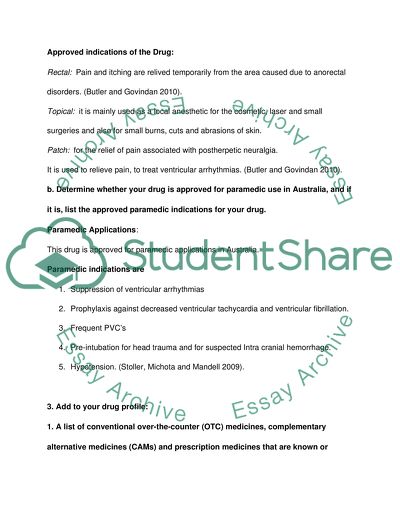Cite this document
(“Pharmacology Drug Profile Essay Example | Topics and Well Written Essays - 2750 words”, n.d.)
Retrieved from https://studentshare.org/health-sciences-medicine/1401140-pharmacology-drug-profile
Retrieved from https://studentshare.org/health-sciences-medicine/1401140-pharmacology-drug-profile
(Pharmacology Drug Profile Essay Example | Topics and Well Written Essays - 2750 Words)
https://studentshare.org/health-sciences-medicine/1401140-pharmacology-drug-profile.
https://studentshare.org/health-sciences-medicine/1401140-pharmacology-drug-profile.
“Pharmacology Drug Profile Essay Example | Topics and Well Written Essays - 2750 Words”, n.d. https://studentshare.org/health-sciences-medicine/1401140-pharmacology-drug-profile.


